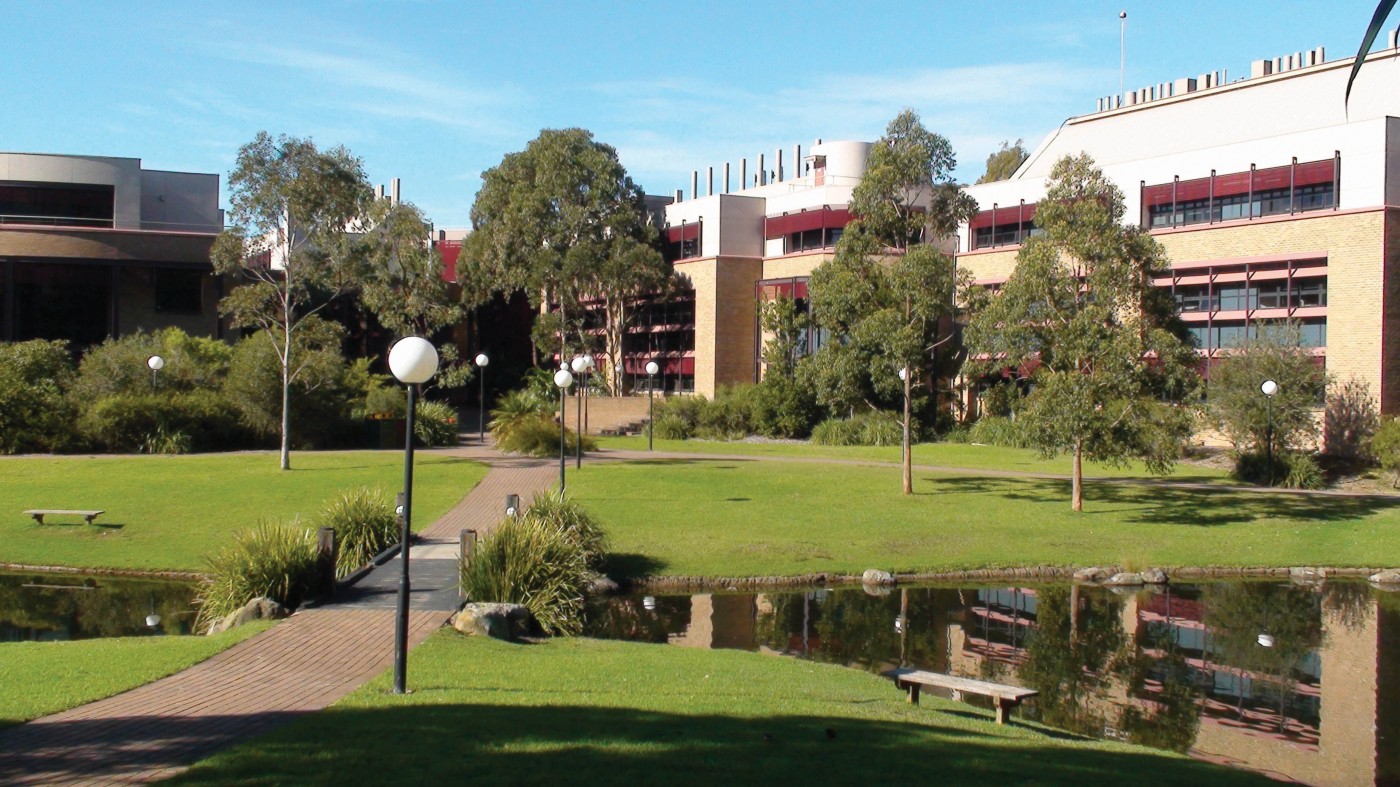
Location: Wollongong, New South Wales, Australia
Challenge: Highly manual processes resulting in curriculum management delays.
Outcome: Order and structure to the complexity of curriculum management.

Location: Wollongong, New South Wales, Australia
Challenge: Highly manual processes resulting in curriculum management delays.
Outcome: Order and structure to the complexity of curriculum management.
- DOMINIC RIORDAN, DIRECTOR ACADEMIC QUALITY AND STANDARDS, UOW -
- DOMINIC RIORDAN, DIRECTOR ACADEMIC QUALITY AND STANDARDS, UOW -
UoW’s course and subject approval, course information publication and curriculum mapping processes were highly manual. This meant:
As a result, the University’s governing body couldn’t make effective decisions on the quality and viability of a new course, causing delays in course approval and publication.
Strength of the technical capability
The CourseLoop Platform provides true end-to-end curriculum management capability, which integrates ‘input’, updatè and ‘refinement’ of data to directly publish the catalog once campus-defined criteria are met. The modular approach also provides a straightforward pathway for extending this capability through adding additional modules for the required functions (e.g. Governance, Review, Marketing).
Deep domain expertise
The CourseLoop Platform is built by higher education experts with real university experience. Purposefully designed for universities experiencing challenges with curriculum data management, governance and publishing, the CourseLoop Platform provides a simply better solution for today’s students administrators, and academics.

"Implementing CourseLoop has given us greater confidence in the integrity of our data and our processes. We can work faster and more effectively and now have the foundations in place for the next stages of development."
- DOMINIC RIORDAN, DIRECTOR ACADEMIC QUALITY AND STANDARDS, UOW -UoW wanted a solution that automated its manual processes, offered a definitive source of truth for curriculum data, and more importantly, allow the University’s Strategic Committees to focus on the most critical elements of course portfolio.
The University’s Strategic Committees wanted more time to concentrate their efforts on the strategic relevance of courses, sustainability, course performance and best practices – not administrative workflow.
Ultimately, UoW selected CourseLoop because it enabled end-to-end curriculum management on a single platform.
The UoW project team had confidence in:
The University of Wollongong (UoW) is a research-intensive university with 340 courses on offer and an outstanding reputation across a broad range of disciplines. The University has more than 35,600 students enrolled and a staff of over 2,600. With three campuses in Sydney, four in the South Coast and Southern Highlands regions of New South Wales, and six internationally, it is estimated that UoW generates approximately $2 billion in economic activity every year.